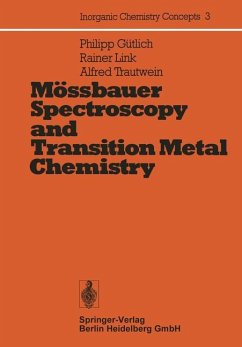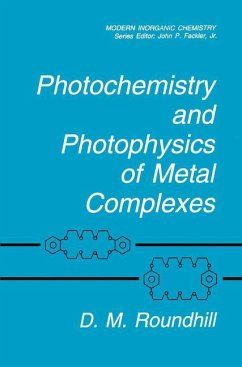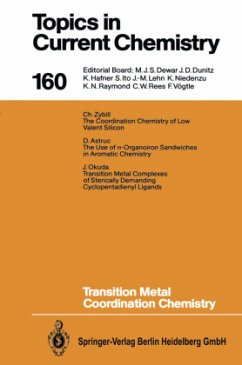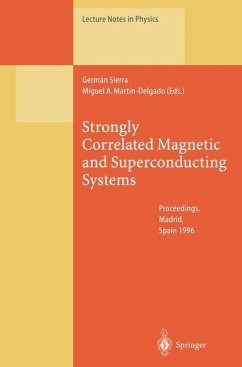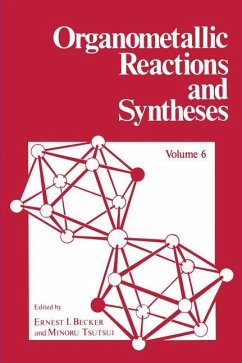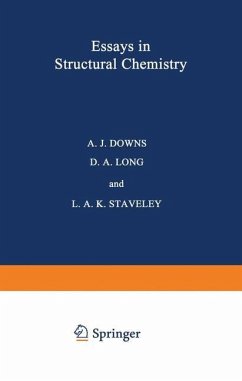
Essays in Structural Chemistry

PAYBACK Punkte
19 °P sammeln!
This book deals with selected aspects of structural chemistry, concentrating particularly on molecular and Raman spectroscopy. The authors of the various chapters were chosen from friends, colleagues and past students of Len Woodward. It is our hope that the book will prove useful both to honours students and to research workers. We would like to thank all our contributors for their willing cooperation in this endeavour. We are also grateful to all those who have given permission for the reproduction of copyright material from other publica tions; specific acknowledgments are made in each chap...
This book deals with selected aspects of structural chemistry, concentrating particularly on molecular and Raman spectroscopy. The authors of the various chapters were chosen from friends, colleagues and past students of Len Woodward. It is our hope that the book will prove useful both to honours students and to research workers. We would like to thank all our contributors for their willing cooperation in this endeavour. We are also grateful to all those who have given permission for the reproduction of copyright material from other publica tions; specific acknowledgments are made in each chapter. We are par ticularly indebted to the Principal and Fellows of Jesus College, Oxford, and the artist, H. A. Freeth, R.A., for permission to reproduce the portrait of Len Woodward which forms the frontispiece. Our thanks are also due to Mrs. J. Stevenson, who undertook a great deal of the secretarial work associated with the organization of this volume, and to Mr. P. Espe who photographedthe portrait. The royalties from the sale of this book will, in the first instance, go to Jesus College, Oxford, and will be used for the establishment of a prize to be associated with Len Woodward's name.






